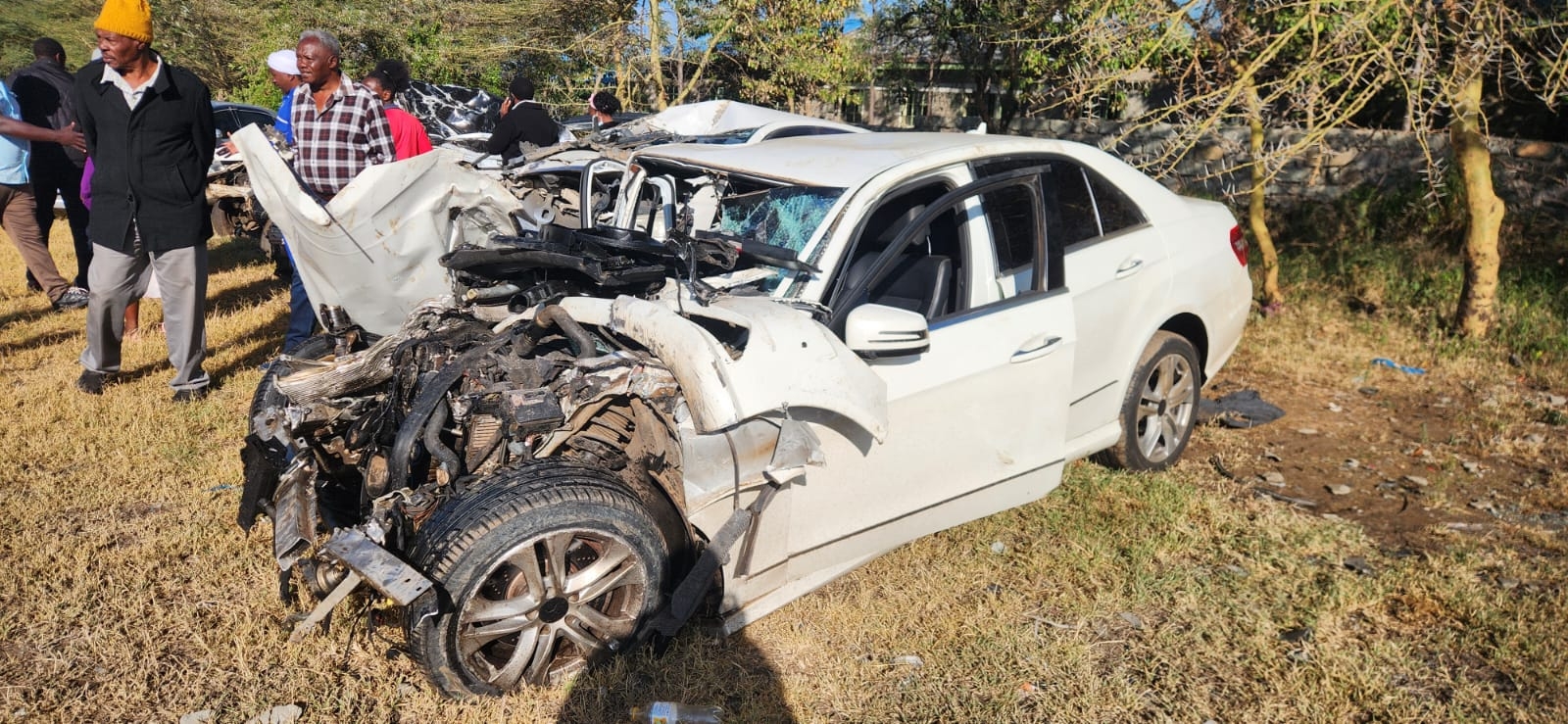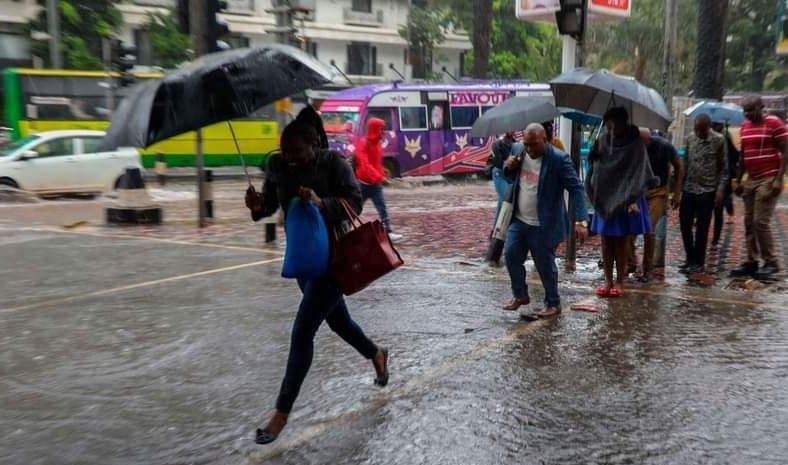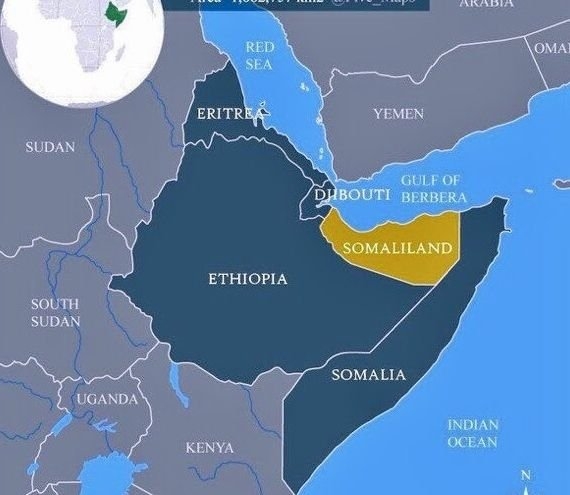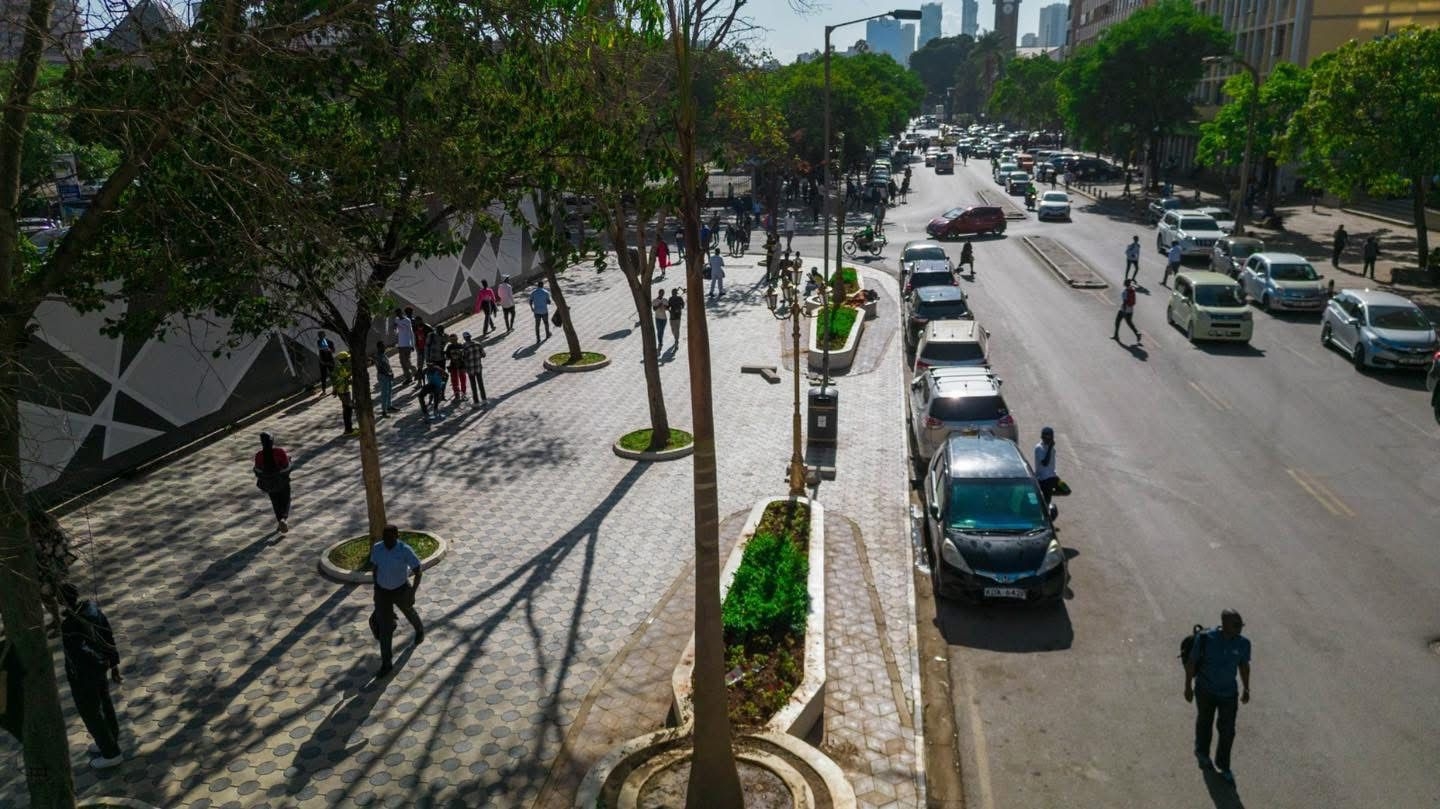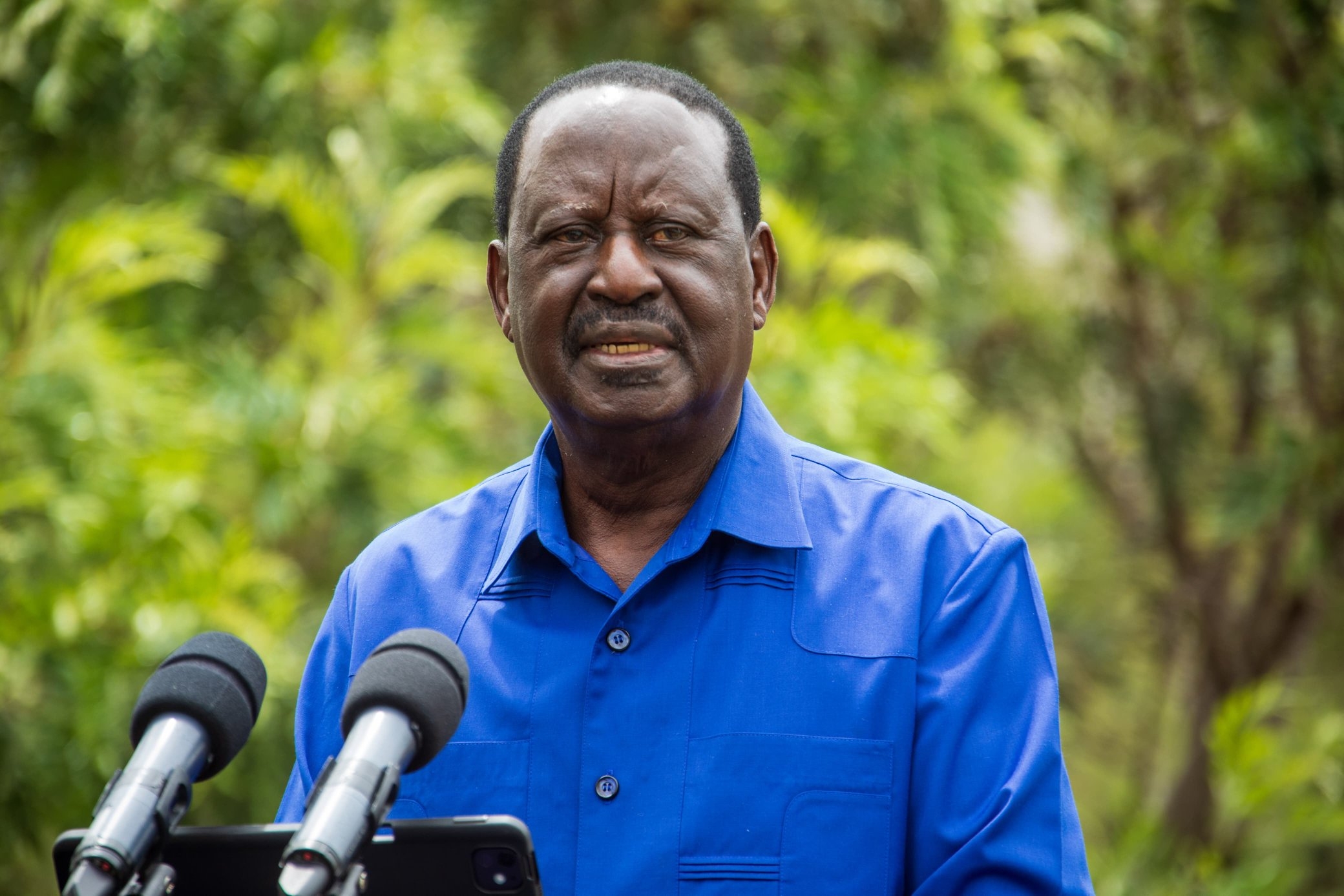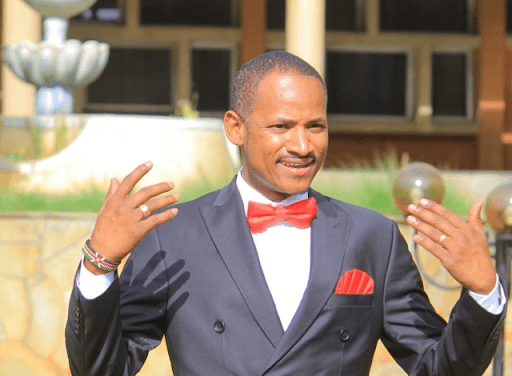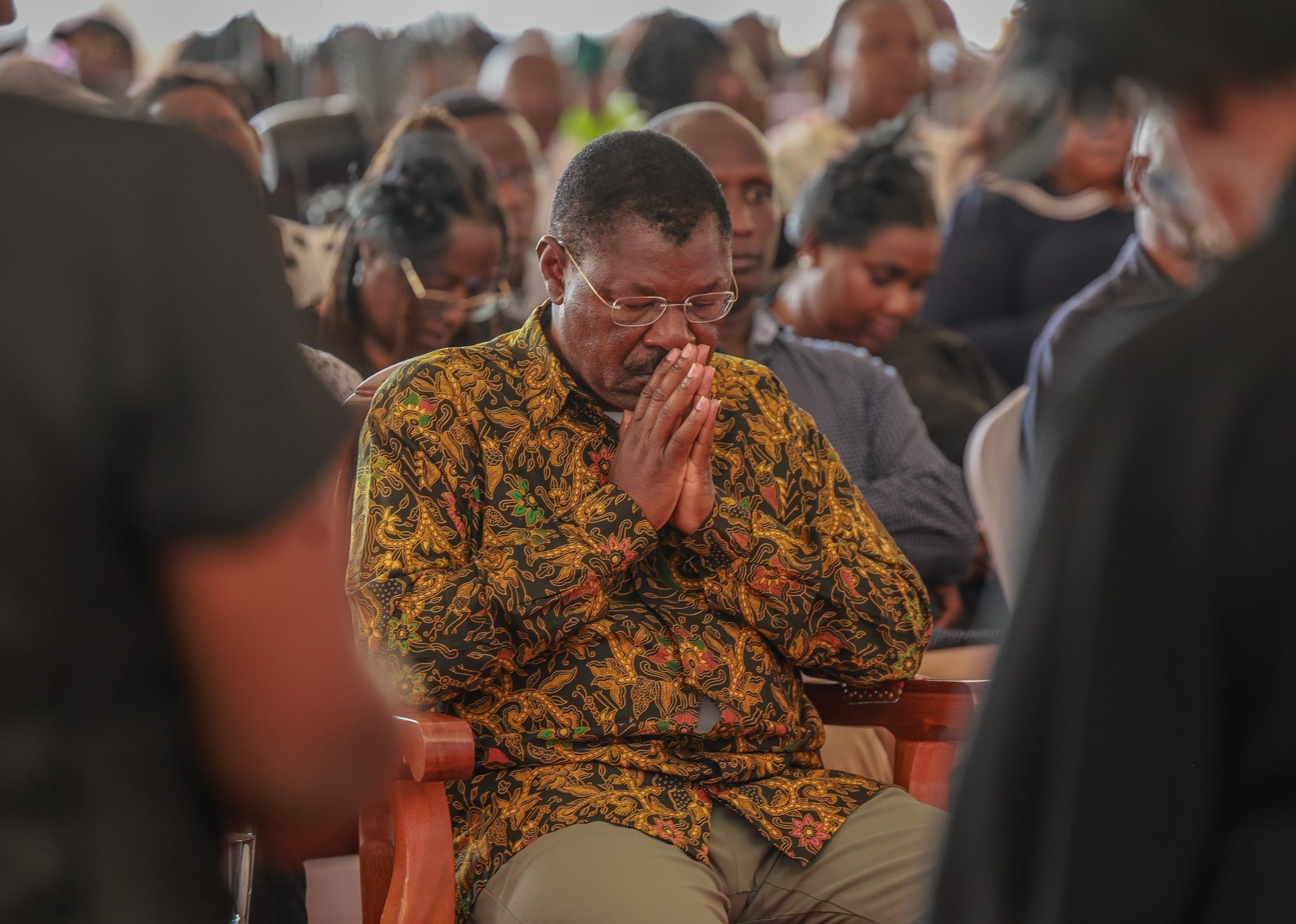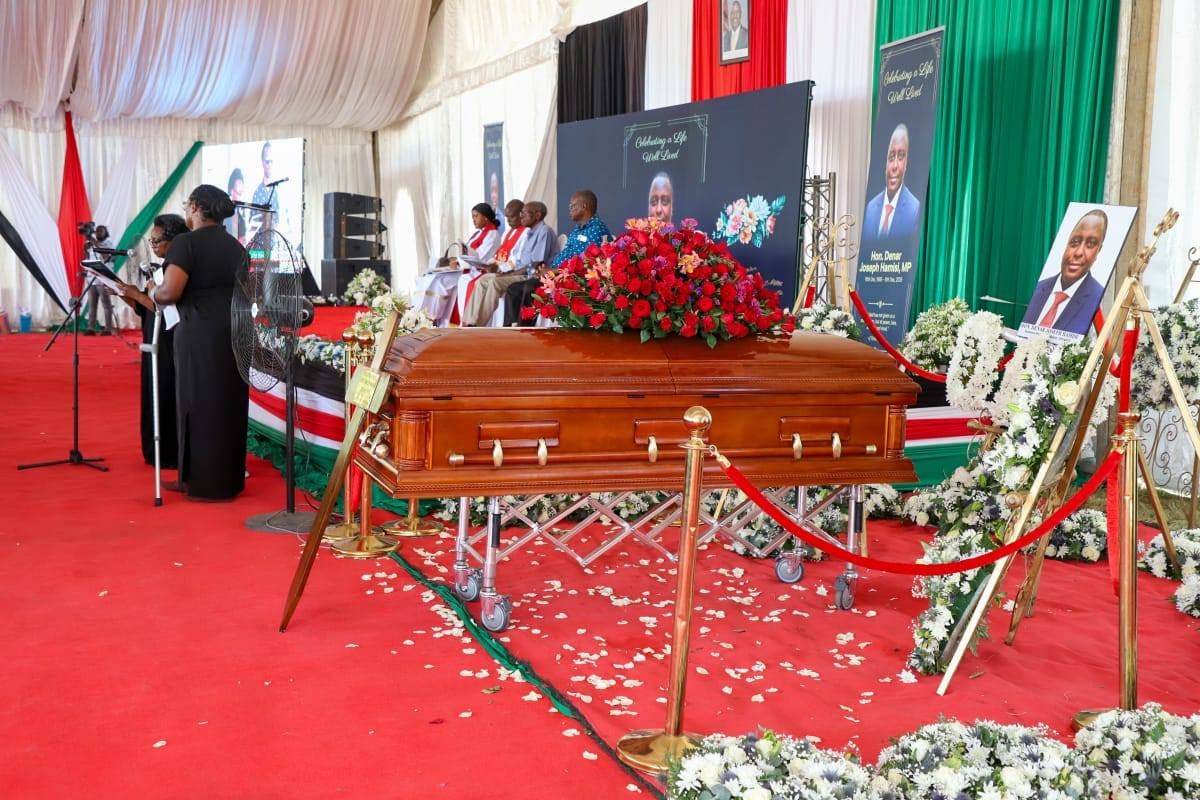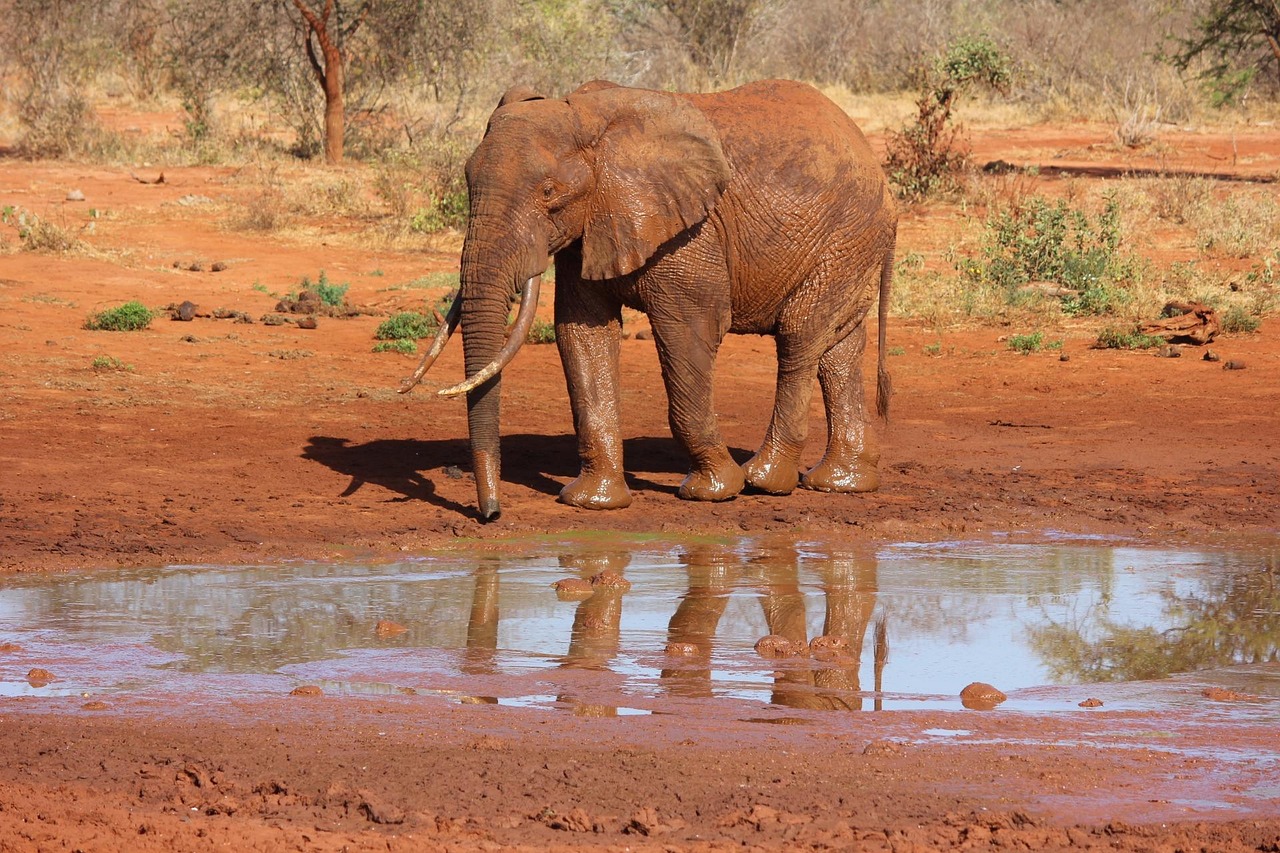
As the hum of traffic fades behind in the sunbaked town of Voi, it gives way to the sharp cries of birds wheeling overhead. Less seagulls, more starlings and hornbills, their calls echoing across the vast savannah.
As the child of a game ranger, I grew up in Tsavo National Park, one of the world’s natural wonders. I took it for granted as a child but as an adult, I now realise how lucky and blessed I was.
Looking back, the stunning scenery of Tsavo blends seamlessly into a childhood landscape of countless free-access game drives, air safaris, bird-watching, hiking and rock climbing, and sweet sleep under a tented camp in the wilderness.
Every day, we saw a graze of zebras crossing the safari road (pardon the pun), elands, kundus, antelopes of all stripes and sullen buffalo.
There were also tall, graceful giraffes munching the treetops, like supermodels on high heels strutting the runway at New York Fashion Week.Under the sweltering Tsavo heat, it was the norm to spot two elephants canoodling after taking trunkfuls of water to slake their thirst, and maybe kept a full tank in their pachyderm bellies.
Bird watching in the wild was not merely an observation, it was a communion with the untamed, an immersion into the living poetry of the skies. Across its expansive length, various species of drought-resistant flora sprout beautifully.
The trees swayed and mellowed with grace against the uprising winds of Yatta Plateau, one of the fascinating features in Tsavo National Park,which is the longest lava flow in the world. The plateau was formed by lava from the Ol Doinyo Sabuk Mountain during its eruption.
As the Tsavo National Park website notes, Yatta plateau is 290km long, running along the western boundary of the park above the magnificent Athi River and River Tiva. It has features like the huge flat thorn bush, then the western part has volcanic mountains, hills and huge outcropping, which provides magnificent views.
But Tsavo’s greatest gift has nothing to do with scenery or seclusion. It has one of the richest histories of European missionary and explorer history anywhere on the great continent of Africa.
The German missionaries Johann Ludwig Krapf and Johann Rebmann, who established themselves at Rabai near Mombasa, often travelled into the interior to establish Christian mission stations. They went as far as Kitui in Ukambani, becoming the first Europeans to lay eyes on Mount Kilimanjaro. They first reached the Tsavo on October 15, 1847!
Former US president Theodore Roosevelt is another notable explorer. The year after he left the American presidency, in 1909, he headed a Smithsonian Institute-funded ‘collecting’ expedition that spent 10 months marching from Mombasa to Upper Nile.
They hunted and collected 164 species, something unthinkable today, where poaching animals in parks will get you shot on sight.Traversing the Tsavo by train, Theodore triumphantly wrote about the train “running over a hyena in the dusk, whose head the conductor later presented to us (as a grisly trophy)”.
Moreover, there is a Patterson’s Camp in Tsavo, in honour of Lt Colonel JH Patterson, DSO, the man who killed the two main man-eating lions of the Tsavo that had delayed the ‘Lunatic Express’ (and who starred in the Hollywood film, ‘The Ghost and the Darkness’).Then there was Bror Blixen, alias the ‘Baron of the Bundu’ or ‘Waboga’ (the Wild Goose), who, from 1913 until 1938, made Tsavo one of his best playgrounds in the wild for whites on ‘safari’.
A man voluminous in stature, his presence was a gravitational force. Like petals drawn to the sun, women from all over the world (in search of an African adventure) flocked to him, drawn by his hunter’s charisma and charmed by his banter and sense of fun.
His brazen love affairs were legendary, even in a country like Kenya known for its ‘white mischief’. It was these scandalous indiscretions that eventually led Karen Blixen, the woman after whom the ‘Karen’ suburb in Nairobi is named, to divorce him in 1921, after nine years of being together in Africa.
Within Tsavo’s electric-fenced boundaries, there are several core conservation projects. These include an elephant orphanage, rehabilitation units and mobile veterinary clinics that have treated more than 11,000 animals, including some 3,500 elephants, since 1977.
In 2021, African savannah elephants went from vulnerable to endangered, putting them on the International Union for Conservation of Nature’s red list for possible extinction. But in Kenya, the elephant population has grown by 21 per cent since 2014 to a total of 36,280. “Almost half live in Tsavo, home to Africa’s most successful elephant rehabilitation programme, the Sheldrick Wildlife Trust,” writes Stephen Hiltner, travel editor of The New York Times.
The organisation has rehabilitated and released 200 elephant orphans (120 are still in their care) and runs anti-poaching teams, builds water sources and secures vulnerable boundaries. It plans to open a lodge next to Ngulia Rhino Sanctuary dedicated to saving the critically endangered black rhino.
The park hosts a number of the most beautiful hotels and resorts, which not only offer authentic tent experience amidst beautiful surroundings but can be described as havens of culinary wonders.
From breakfast buffets that defy gravity to three-course lunches that dance on your taste buds, to five-course a la carte dinners that can make your stomach do the cha-cha.
Satisfaction is the grand finale.




